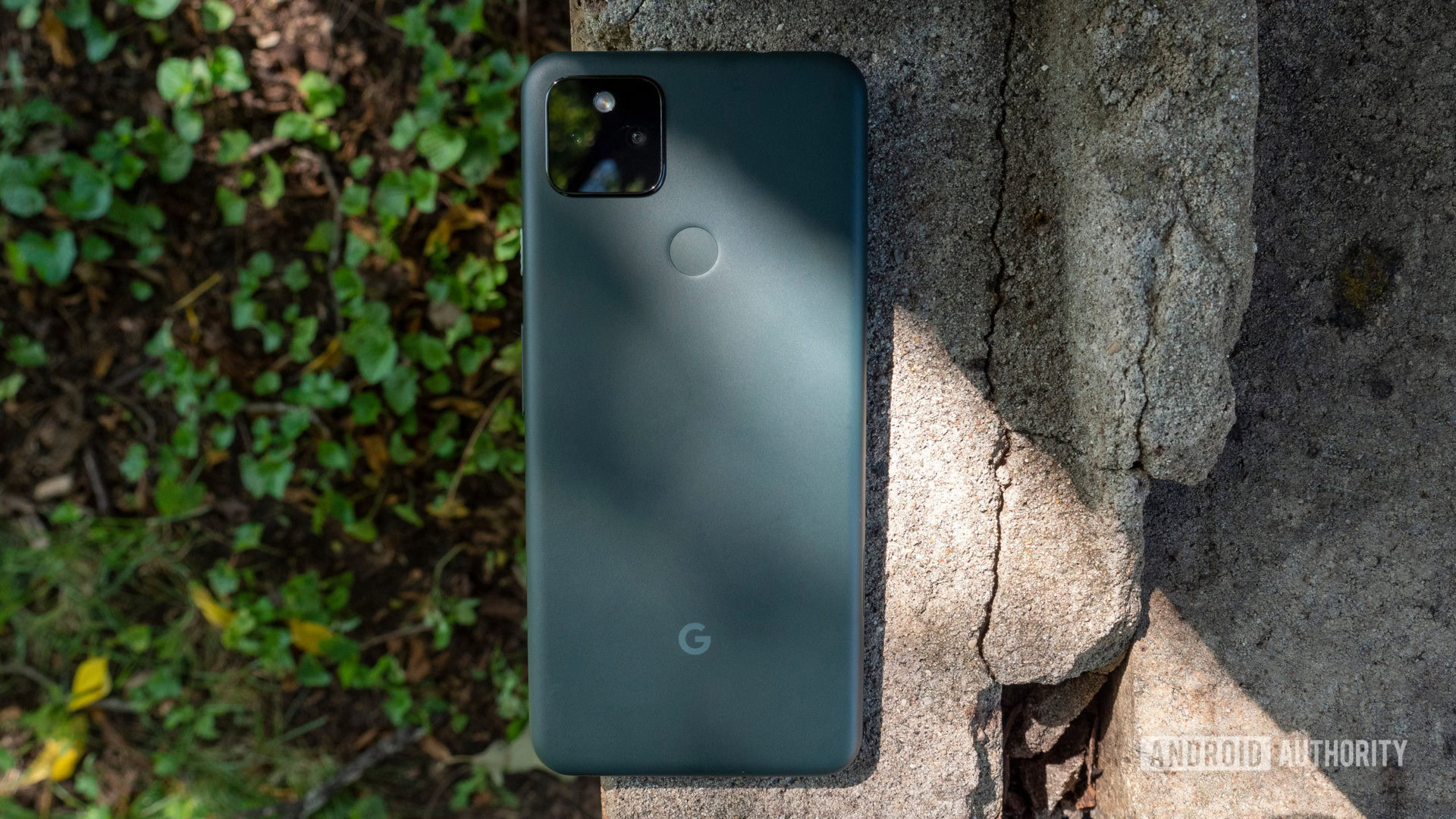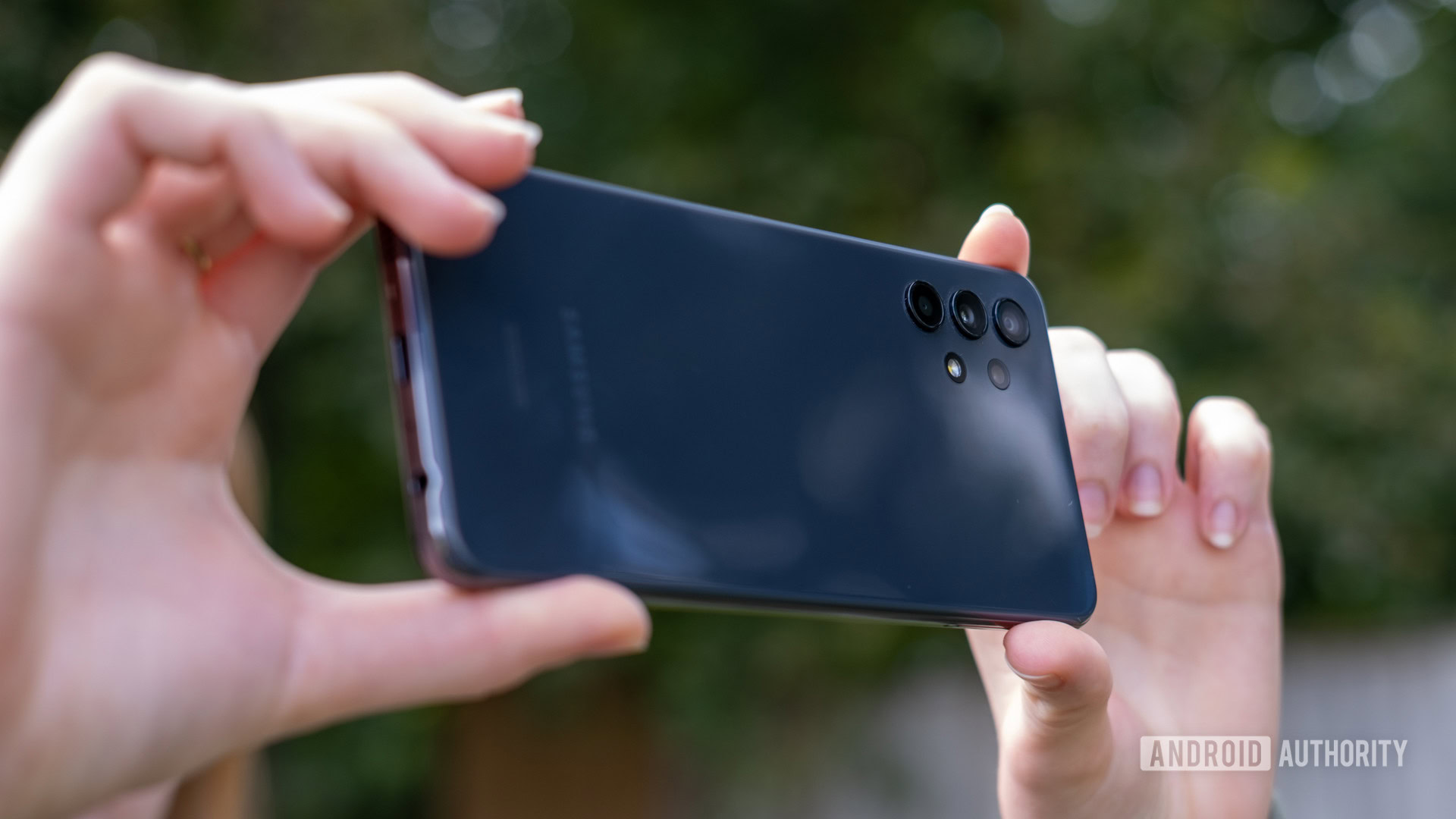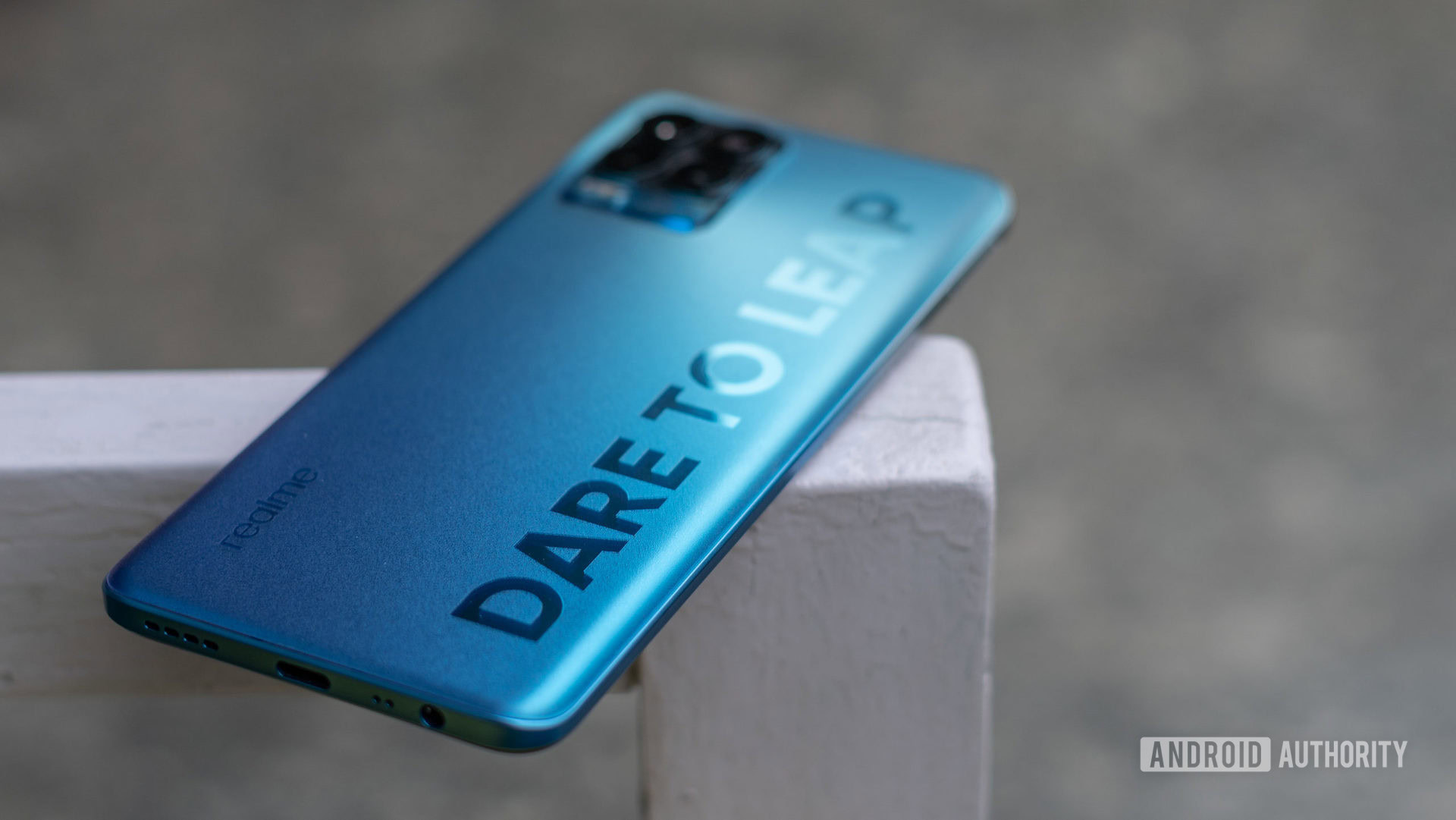Affiliate links on Android Authority may earn us a commission. Learn more.
The Galaxy A and Pixel a series have ushered in a golden age of budget phones
Published onMarch 26, 2022

Reminisce with me, if you will, on a time not too long ago. A time before Samsung’s Galaxy A series thrived as it does now. A time before Google figured out how to distill its Pixel experience into a wallet-friendly package. An era when affordable phones weren’t worth a second look. They were overpriced, underpowered, bloated with extra apps, rarely updated — take your pick of issues. Now, we’re living in a different time, a golden age of budget phones.
See also: The best budget phones you can buy
Sure, you’ll still find limits. A sub-$500 smartphone won’t give a $1,000 flagship a run for its money in the camera department by any means. However, we’re getting increasingly more bang for not too many bucks, and all I can say is that it’s about time.
When the hardware meets the software

For all of the gains we’ve seen in flagship devices, we’ve also seen them ditch fan-favorite features. Instead, you’ll have to turn your eye to one of the many budget phones to find once-standard hallmark features like the headphone jack. It’s still at home on the Samsung Galaxy A32 as seen above, as well as the Google Pixel 5a, but you won’t find one on their Galaxy S22 or Pixel 6 higher-end alternatives. That same Galaxy A32 still offers a built-in microSD slot to boost your storage — once again missing from Samsung’s shiny flagships.
Pick wisely: Samsung Galaxy A series buyer’s guide
Of course, talking about new hardware on budget phones isn’t just about listing the features that flagships are leaving behind. Instead, it’s important to consider the features that have trickled down from the upper echelons of smartphone design. Our own Hadlee Simons recently spent time with the POCO X4 Pro, a budget phone that carries a 120Hz OLED display and a 108MP main camera. Both features debuted on flagships, yet you can put them in your pocket for €300 or less. You could even experience blistering 67W wired charging without breaking the bank.
Circling back to the Pixel 5a, or even the Pixel 4a 5G, it’s easy to see what we mean. Both models offer the same high-end camera experience you expect from Google’s flagships, but without the flagship price. The Pixel 5a’s availability might be a swing and a miss, but the IP67 rating, massive (for a Pixel) battery, and solid build quality are enough to make you look twice before reaching straight for a flagship. Even the Pixel 4a 5G sports a relatively modern design — at least compared to the iPhone SE (2022) which is still living in an iPhone 8 body.
Budget phones aren't just picking up what flagships leave behind, they're adding previously unattainable features for under $450.
We’ve also seen budget phones take advantage of the software enhancements of their flagship counterparts. The version of One UI you see on the Galaxy S22 is the same software you’ll get all the way down to the Galaxy A13, even if it might not get updates as quickly. Google’s Material You movement in Android 12 didn’t stop at the Pixel 6, either. The Pixel 5a received its software bump right on time with Google’s other devices and will continue to do so for a while to come.
Google and Samsung may be leading the budget phone renaissance in the United States, but the global market paints a bigger picture. Hadlee’s X4 Pro is a great example yet again — POCO itself only launched in 2018 as a sub-brand of Xiaomi before spinning off into its own entity. realme finds itself in very much the same boat, having come to life in the same year under the OPPO umbrella.
Sometimes, that close relationship results in a sub-brand repurposing its parent company’s designs at cheaper prices, as we’ve seen with the POCO F3. It’s a global market version of the Redmi K40, which is, in turn, the same model as the Xiaomi Mi 11i. Not all of the budget phones have learned to stand on their own yet, but POCO’s separation from Xiaomi could be a good indicator of what’s to come.
Some distance left to cover

Throwing new hats into the ring and giving budget phones updated hardware only goes so far. We’ve still seen budget phones hit stumbling blocks, often in cases where the in-hand experience doesn’t match the on-paper offer. Dhruv Bhutani boiled the realme 8 Pro down to “a leap behind the competition” despite its 108MP main camera. It wasn’t enough to make up for the 60Hz display or the poor in-display fingerprint reader (even though the latter is a popular flagship feature these days).
Unfortunately, Dhruv’s other issue is one that continues to plague some of the most popular budget-friendly Android skins. While Google and Samsung have taken steps to refine their software, realme, POCO, and more have continued to trot out ad-laden software that still needs some refinement. We’ve seen Samsung reinvent itself from TouchWiz to One UI, though, so there’s no reason to expect the youngest smartphone players can’t do the same.
Samsung has evolved from TouchWiz to One UI, and other budget OEMs would be wise to follow its lead.
Further, companies like POCO tend to leave their update policies on the back burner. You’ll probably get the two standard major updates, but there’s no guarantee as to how quickly they will make their way to your phone. The POCO X4 Pro launched with Android 11 more than six months after the debut of Android 12, and we’ve yet to see a full version update.
The biggest question is how long that software revolution might take, and whether or not the budget phones with the best hardware are about to miss their window.
Putting aside all that skepticism around other players, there’s no denying that Samsung and Google have raised the bar for the budget and mid-range smartphone landscape, and ushered in a golden age where paying less doesn’t necessarily mean compromising on quality or user experience. Both the Pixel a and Galaxy A series are offering more solid choices at more affordable prices, and users are better off thanks to them.